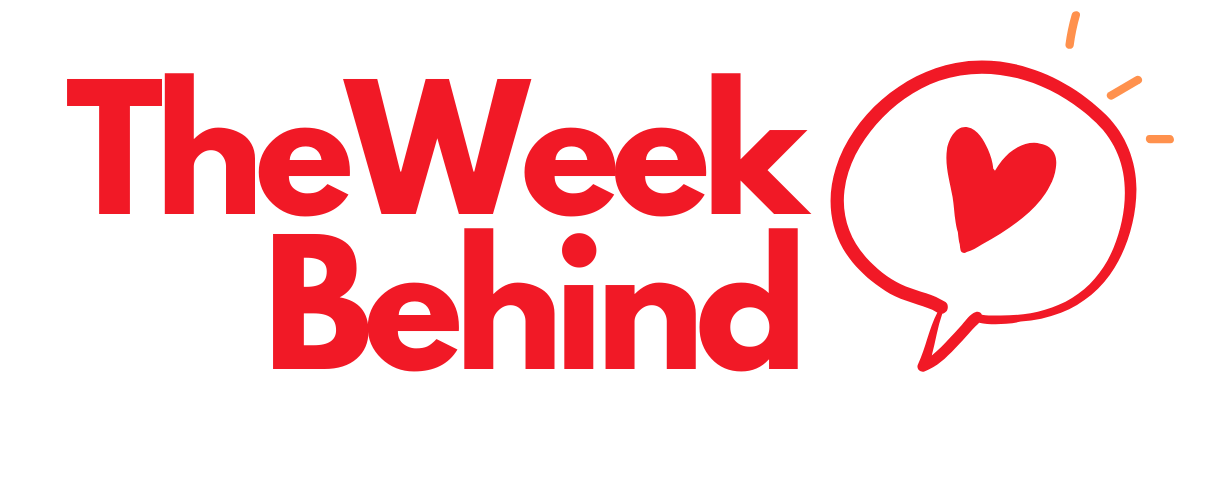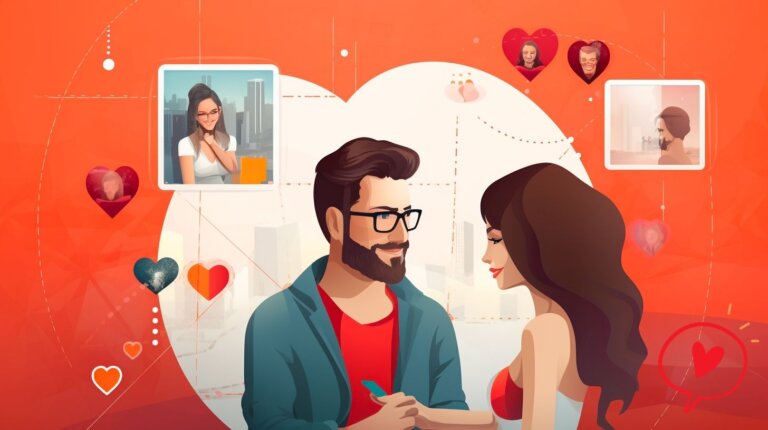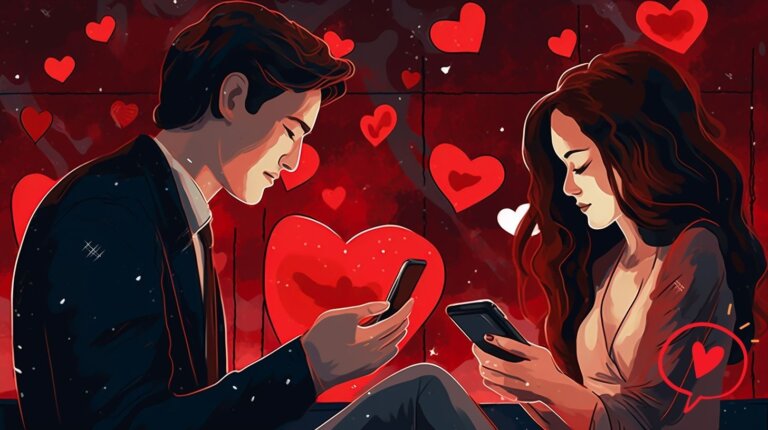Here are 12 detailed takeaways:
- Consistent Popularity: A consistent 30% of U.S. adults have tapped into the world of dating apps, a statistic that remarkably hasn’t shifted since 2019. In the past year, 9% have reported using such platforms, showcasing sustained interest.
- Generational Gaps: Age plays a pivotal role. While 53% of those under 30 are familiar with swiping and matching, the participation dwindles as age rises: 37% for those between 30-49, 20% for the 50-64 bracket, and a mere 13% for those aged 65 and above.
- Orientation Dynamics: In the realm of sexual orientation, LGB adults outpace their straight counterparts in app usage—51% as compared to 28%. Their experiences are distinctively varied and worth noting.
- Gender, Education, and Online Dating: Men, at 34%, have been slightly more curious explorers of online dating than women, at 27%. Furthermore, the allure of these platforms is stronger among those with a college education compared to those who ended their academic journey in high school.
- The Role of Relationship Status: Singles, who make up 52%, overshadow the married populace (16%) in this space. Meanwhile, individuals cohabiting or having experienced relationship terminations (like divorces) also show a considerable inclination towards digital dating.
- A Color-Blind Space?: Whether White, Black, Hispanic, or Asian, the study shows no pronounced racial or ethnic leanings in online dating participation.
- Battle of the Platforms: Tinder, particularly among those under 30, dominates the scene with a whopping 79% usage. Meanwhile, the more mature crowd (50 and above) seems to lean towards Match. Grindr and HER, although less used overall, have a loyal LGB user base. An adventurous 31% ventured onto platforms beyond the survey’s list.
- The Success Spectrum: While 10% of online daters found committed relationships, this ratio sees a spike in the under-30 age group and among LGB adults, signifying generational and orientation-based differences in online dating successes.
- Perception Split: It’s a mixed bag when evaluating personal experiences. While 53% recall a positive online dating journey, certain groups, especially men and LGB individuals, hold a brighter outlook.
- Paying for Love: 35% have invested financially in their quest for love or connection online. Affluence, maturity, and gender all sway this decision. Interestingly, those who spend seem to have a rosier perspective of their online dating experiences.
- Safety First: The safety perception has seen a slight dip since 2019 to 48%. Women and senior citizens harbor greater concerns. However, an overwhelming 60% champion the idea of mandatory background checks for profile creation, even if only 47% of actual platform users concur.
- Navigating the Unpleasant: The digital dating arena isn’t devoid of its shadows. Many, especially younger women, confront unsolicited explicit messages, relentless contact, and occasional threats. Moreover, the specter of deception looms large, with 52% encountering what they believe to be scammers.
Conclusion from Expert
The U.S. online dating tapestry is rich, intricate, and multihued. It embodies the hope and hesitations of the modern dating world, underlining the transformative nature of technology in our personal lives.




